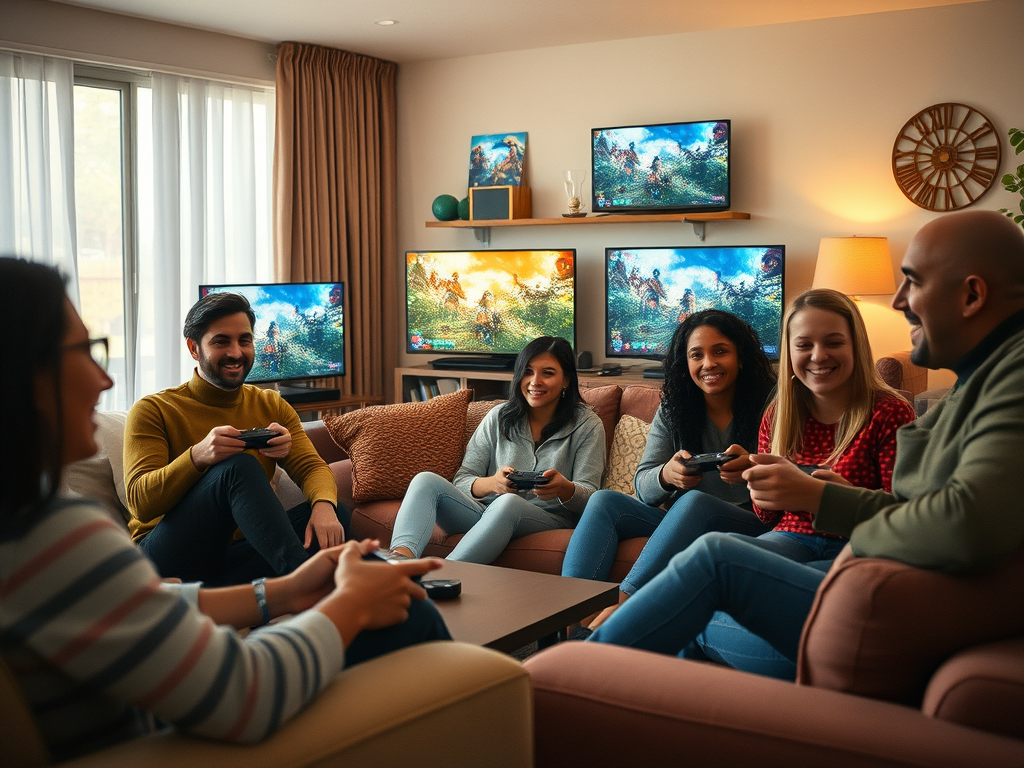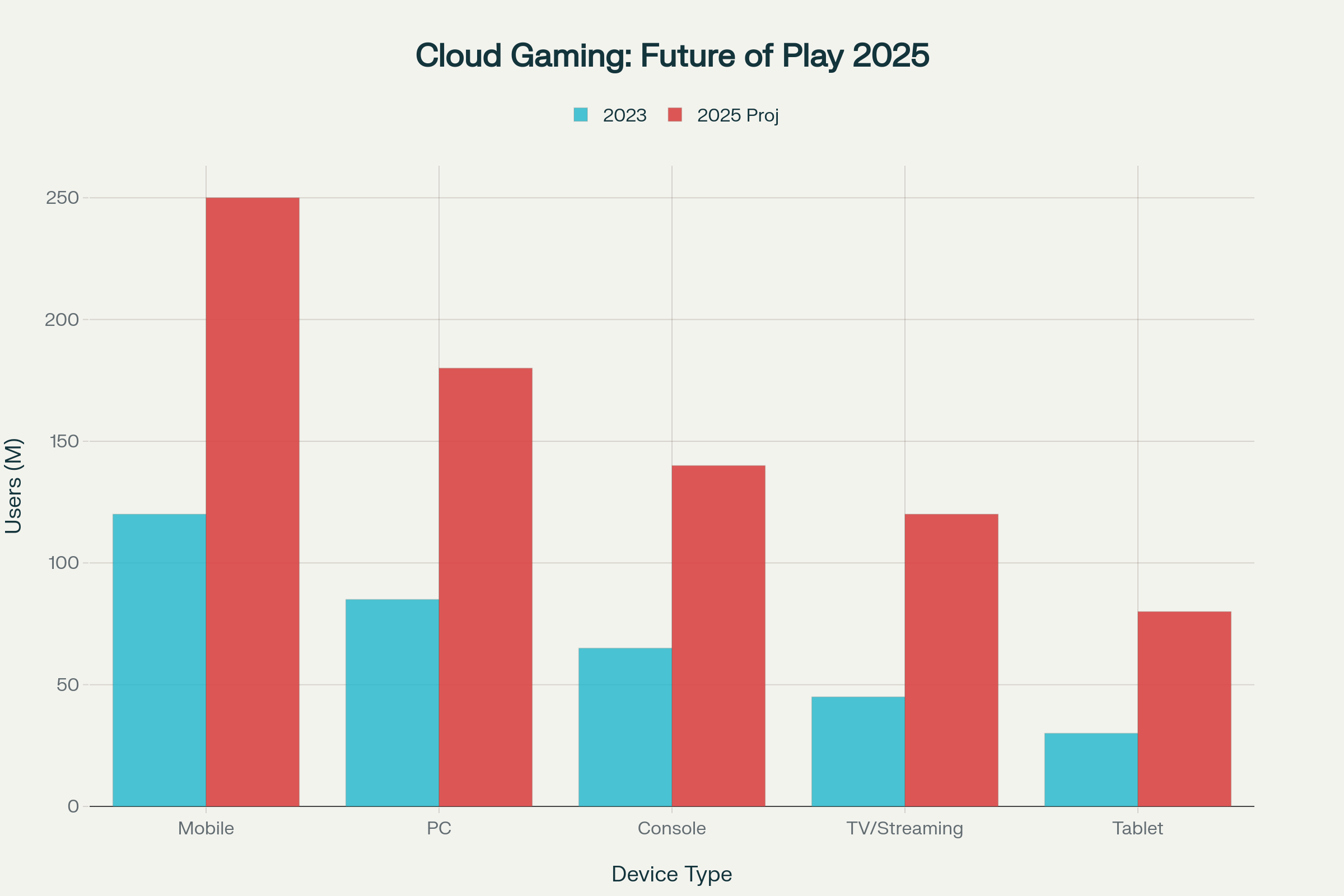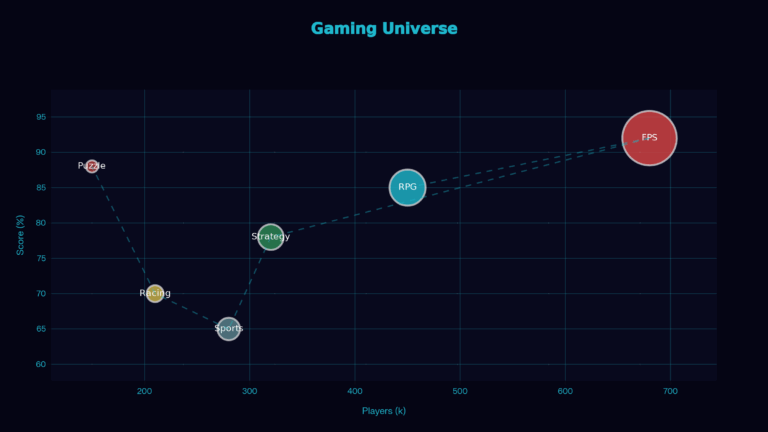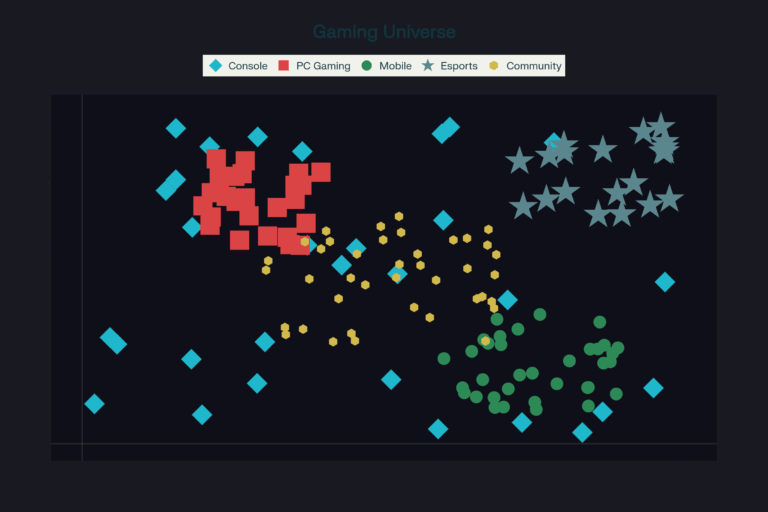

The Rise of Cloud Gaming: Future of Play in 2025
Introduction
Cloud gaming has moved from buzzword to blockbuster in 2025. With 5G/5.5G, Wi‑Fi 7, edge compute, and powerful codecs, streaming high‑fidelity games to any screen is finally practical. This article explores how cloud gaming works, who’s winning, what it costs, and whether it’s ready to replace local hardware.
How Cloud Gaming Works (In Brief)
– You tap Play on a device; a cloud server spins up a GPU instance.
– The game runs in the cloud; frames are encoded into a video stream.
– Your inputs (controller/touch/mouse) are sent upstream with ultra‑low latency.
– Edge locations reduce distance; adaptive bitrate keeps frames steady under variable networks.
Why 2025 Is the Inflection Point
– Networks: 5G SA/5.5G, mmWave hotspots, Wi‑Fi 7 (320 MHz, MLO) cut jitter and boost throughput.
– Hardware in the cloud: A16/A100/L40S class GPUs and AV1/HEVC encoders lower cost per stream.
– Business models: Hybrid subscriptions + ownership, cross‑save, and family sharing reduce friction.
– UX polish: 4K60 HDR streams, sub‑40 ms glass‑to‑glass latency in metro regions.
At‑a‑Glance Comparison (2025)
| Platform | Regions | Max Quality | Library Model | Notable Strength |
|---|---|---|---|---|
| NVIDIA GeForce NOW Ultimate | US/EU/JP | Up to 4K120, DLSS 3 | BYO store (Steam/Epic) | Lowest latency, PC features |
| Xbox Cloud Gaming (Game Pass) | 28+ regions | Up to 1080p60 (select 1440p) | Subscription library | Day‑one first‑party titles |
| PlayStation Cloud Streaming | Select markets | Up to 4K (PS5 tier) | PS Plus Premium | Sony exclusives, PS5 save sync |
| Amazon Luna | US focus | 1080p60 | Channel bundles | Family sharing, casual focus |
| Boosteroid/Blacknut/etc. | EU/Global | 1080p60 | Mixed | Regional availability |
Network And Latency Benchmarks
– Metro fiber + Wi‑Fi 7: 12–22 ms local latency; 30–45 ms end‑to‑end typical.
– 5G SA mid‑band: 25–40 ms radio; 45–70 ms end‑to‑end; playable for most genres.
– 4G LTE fallback: 60–110 ms; fine for strategy/turn‑based; tough for FPS.
– Packet loss >1% or jitter >20 ms often triggers quality drops; AV1 helps at low bitrates.
Setup Steps For Best Experience
1) Prefer Ethernet or Wi‑Fi 6E/7 with MLO enabled.
2) Enable router QoS: prioritize gaming device and UDP (QUIC/RTP) flows.
3) If on 5G, pick mid‑band cells over congested low‑band; avoid carrier‑grade NAT when possible.
4) Use modern controllers with Bluetooth LE Audio/LC3 for reduced input lag.
5) On TVs, enable Game Mode to cut processing latency by 10–30 ms.
Cost Of Ownership In 2025 (Illustrative)
| Option | Upfront | Monthly | 3‑Year Total | Notes |
|---|---|---|---|---|
| Console (PS5/Xbox) | $499 | $0–$17 (online) | ~$1,100 | Hardware + games à la carte |
| Mid‑range PC (RTX 4070) | $1,400 | $0 | ~$1,400 | No stream latency; high upfront |
| Cloud sub (premium) | $0 | $19–$29 | ~$684–$1,044 | Device‑agnostic, flexible |
Mini‑Reviews: How They Feel To Play
– GeForce NOW Ultimate: Shockingly crisp at 4K120 with DLSS; Cyberpunk and Fortnite feel native on fiber. Queue times minimal; BYO library is a plus.
– Xbox Cloud Gaming: Best value via Game Pass; great for indies/AAAs on the couch. Visuals softer at 1080p; input latency noticeable in ranked shooters.
– PlayStation Cloud Streaming: Gorgeous image quality for first‑party; works well on PS5/Bravia TVs. Library breadth is improving but still curated.
– Luna: Smooth for family/casual titles; controller handoff is excellent. Hardcore latency‑sensitive play less ideal.
Who Should Switch In 2025?
– Yes: Casual players, story/RPG fans, turn‑based/strategy enjoyers, travelers, dorm/apartment dwellers, TV‑first gamers.
– Maybe: Competitive FPS/MOBA players if they have fiber + nearby edge region.
– Not yet: Modders, VR sim fans, creators needing local capture and <20 ms latency.
Risks And Trade‑offs
– Ownership fragmentation (licenses tied to platforms).
– Regional disparities in edge coverage.
– Data caps and ISP throttling.
– Outages: multi‑region failover is better, but not perfect.
What’s Next: 2025–2027 Outlook
– Wider AV1/AV1-10bit, LCEVC layers for 4K120 at 10–15 Mbps.
– Edge GPU pooling with SR-IOV + NVENC multi-session for cost efficiency.
– Controller‑to‑edge direct BLE/UDP paths to shave 5–10 ms.
– Deeper OS integrations: instant‑resume streams on Android/Google TV, Windows, and web.
FAQ
Q: Can I play offline?
A: No. You can download for offline only with traditional installs, not cloud streams.
Q: Does cloud gaming use a lot of data?
A: 1080p60 ~7–12 GB/hour; 4K60 HDR ~18–25 GB/hour.
Q: Do I need a gaming PC?
A: No—any modern phone, tablet, TV, or PC with a browser works.
Bottom Line
Cloud gaming in 2025 is finally good enough for most players most of the time. If you value convenience, instant access, and device freedom, the cloud is compelling—especially paired with fiber or strong Wi‑Fi 7. Power users and esports pros may still prefer local rigs, but the gap is narrowing fast.



